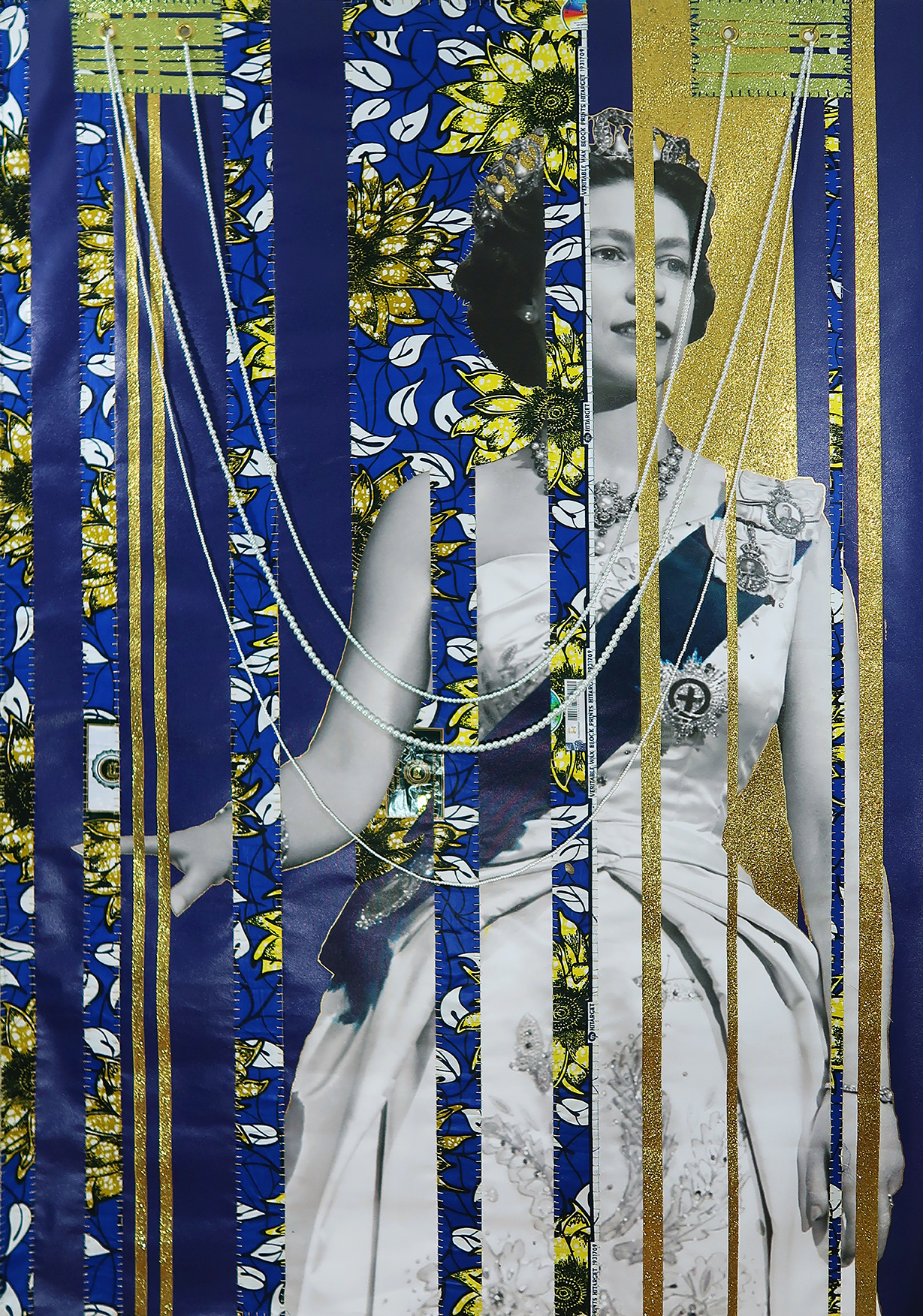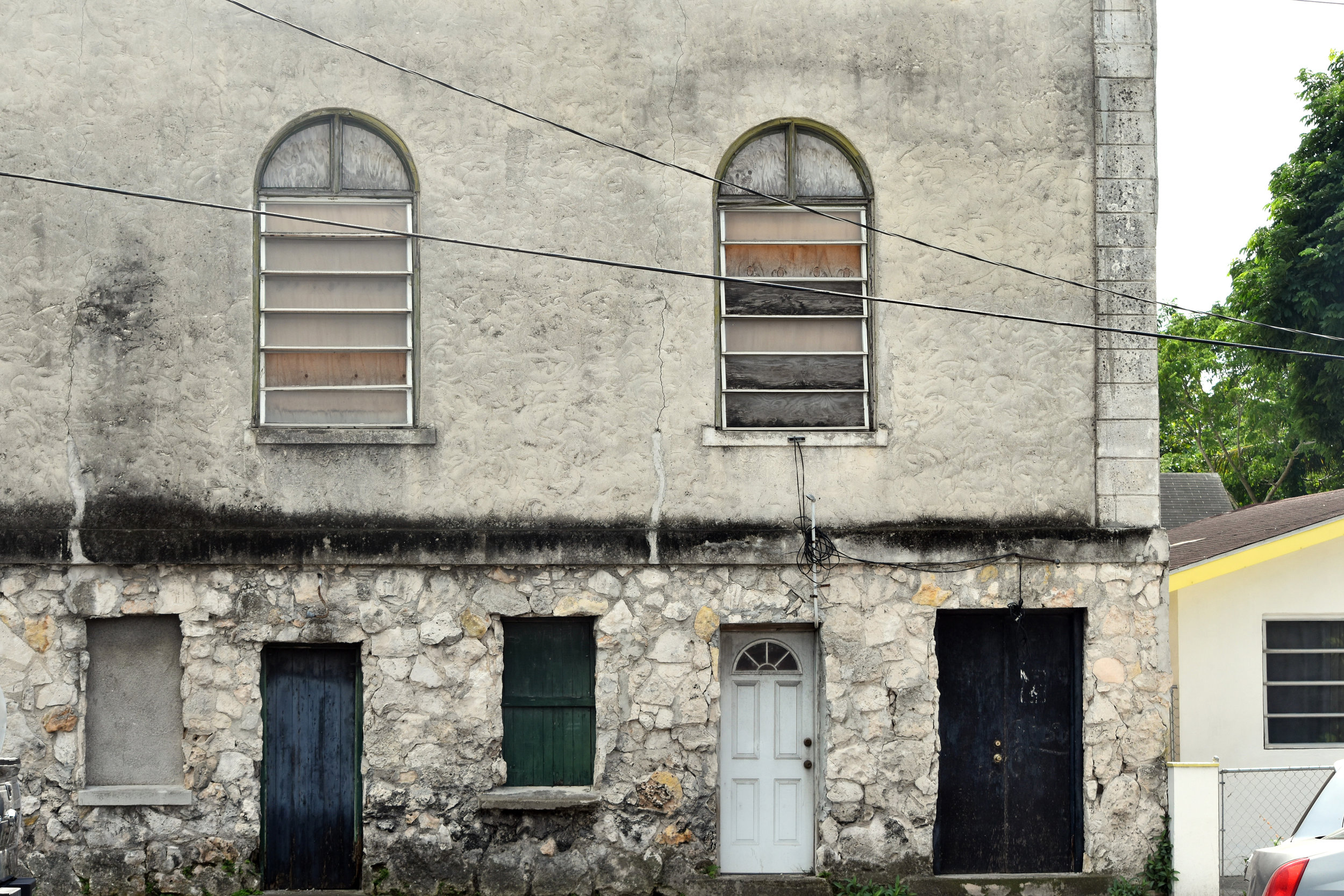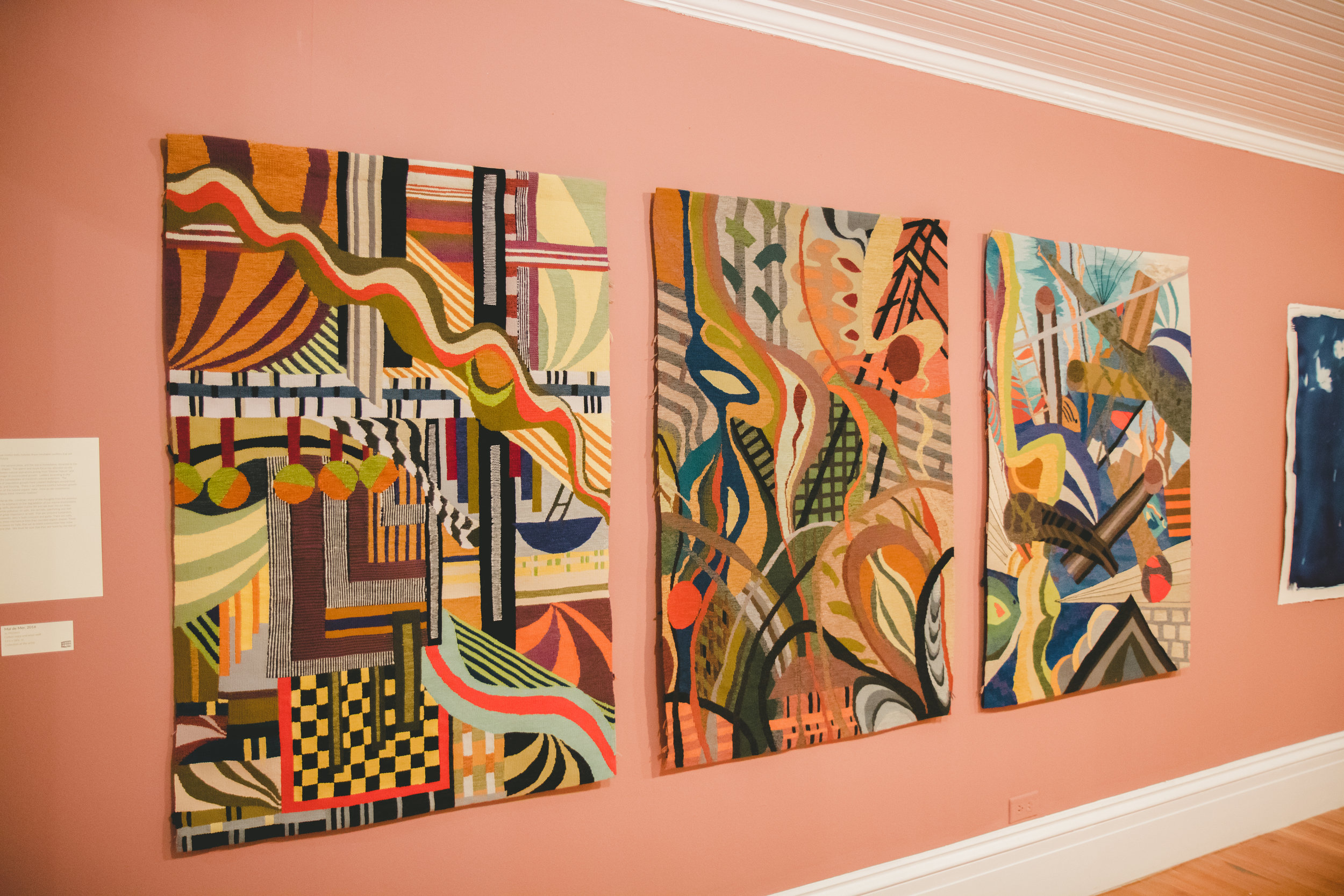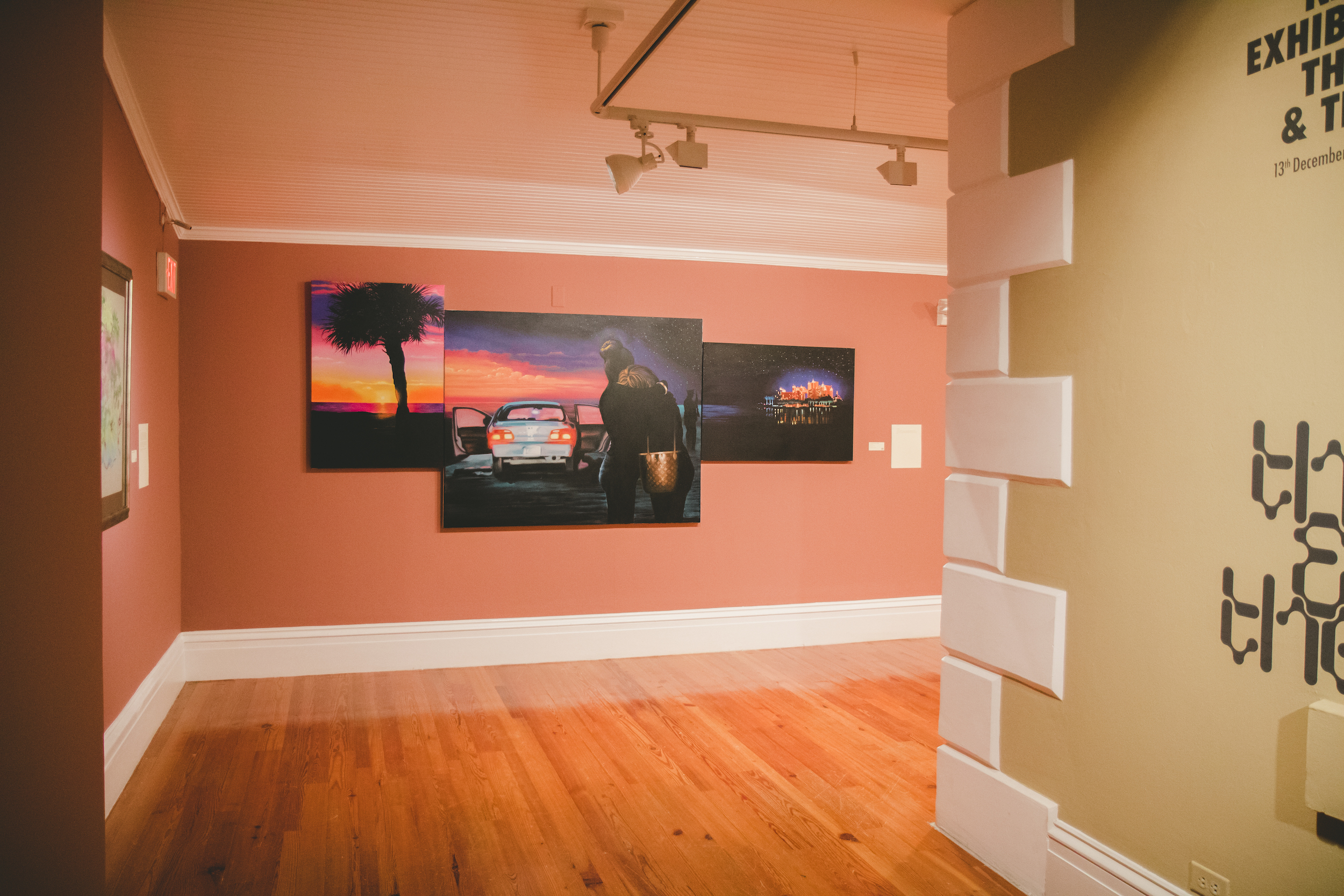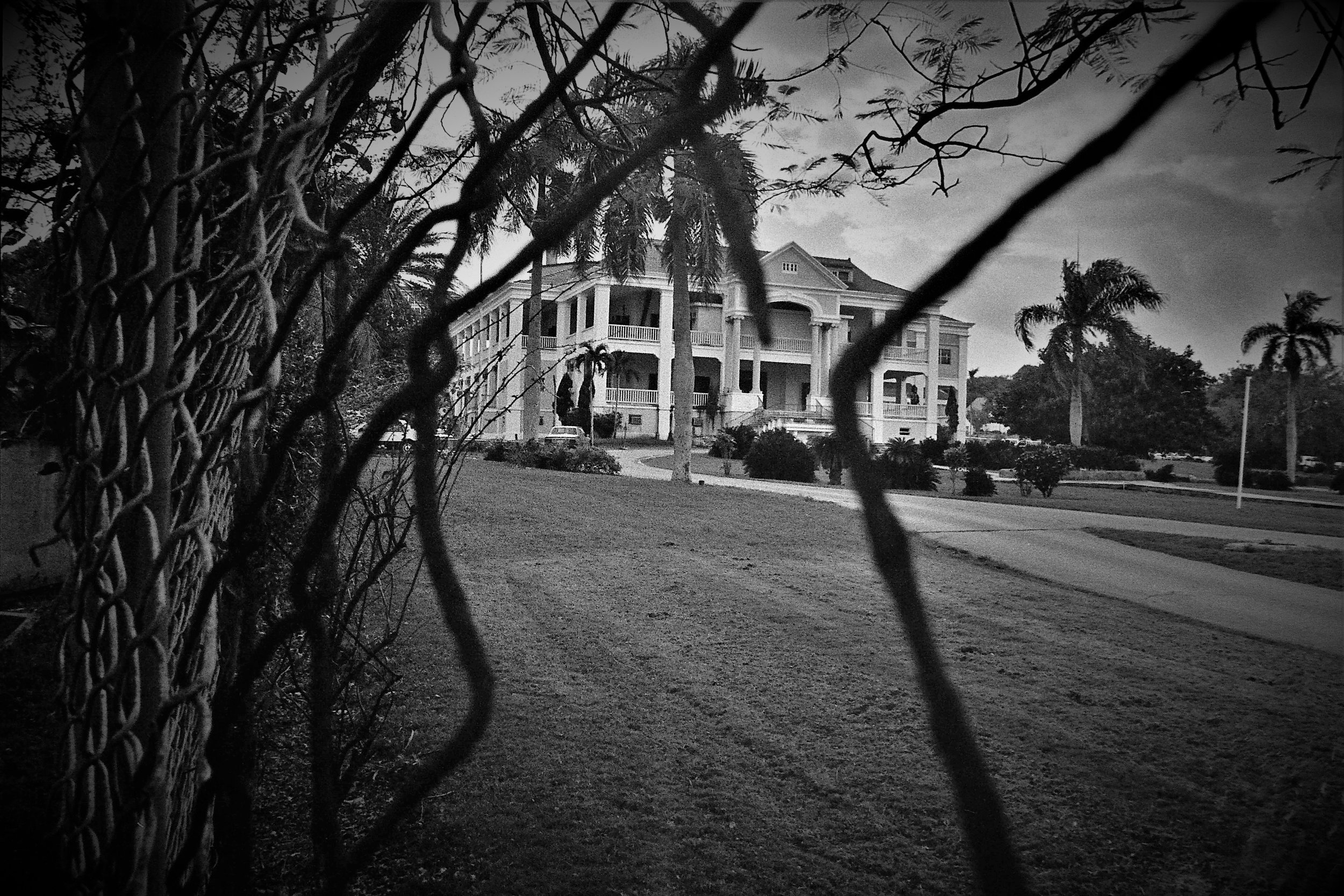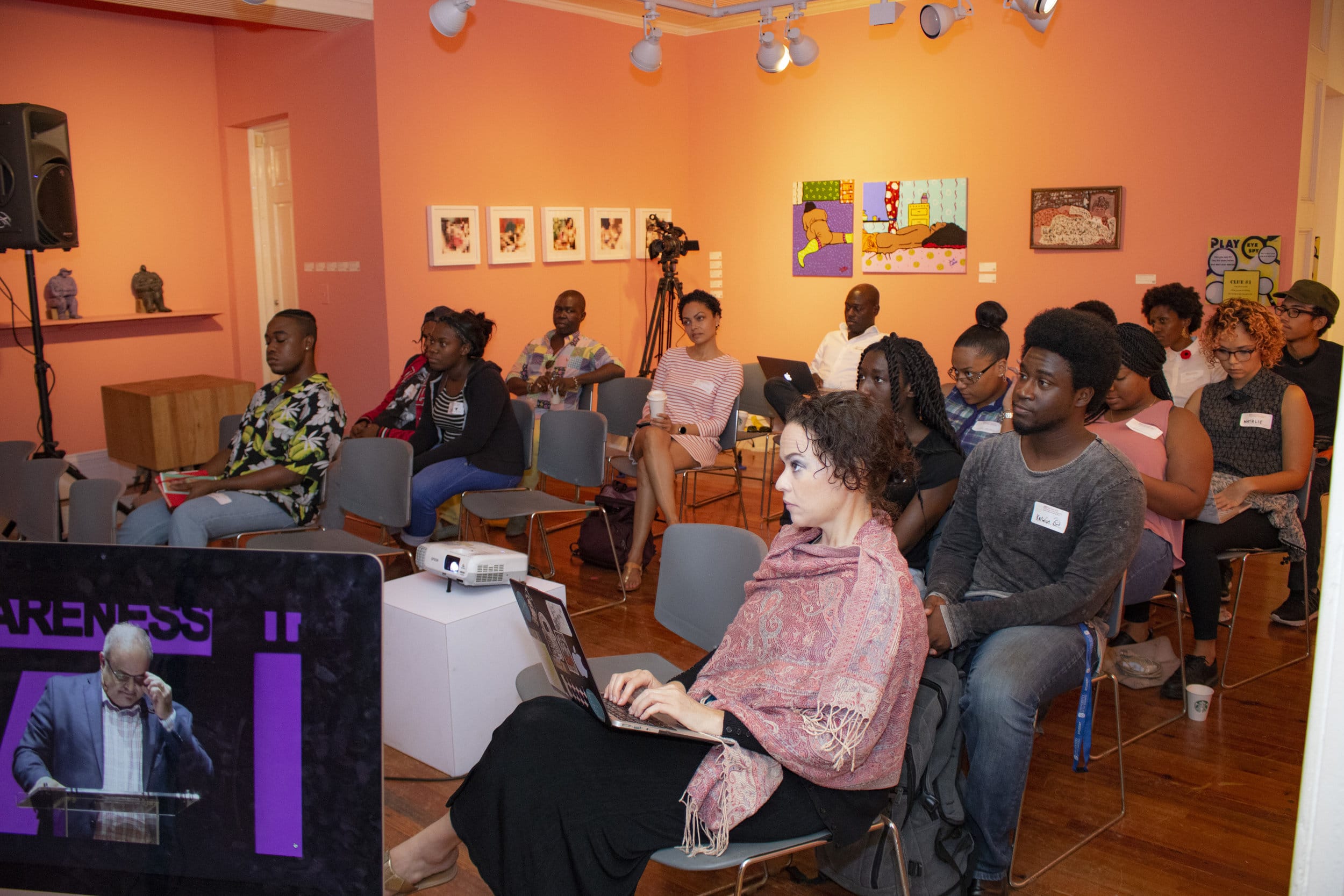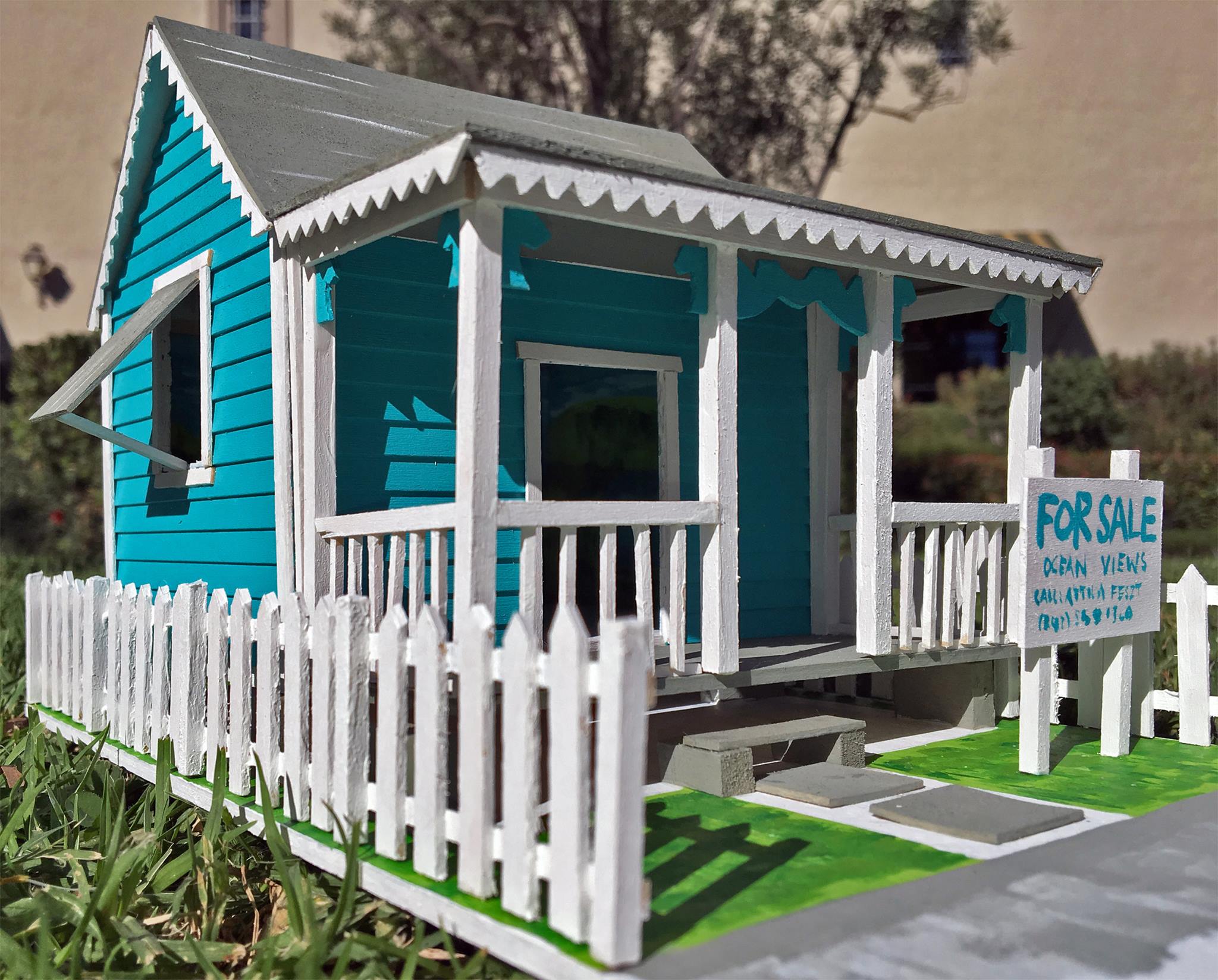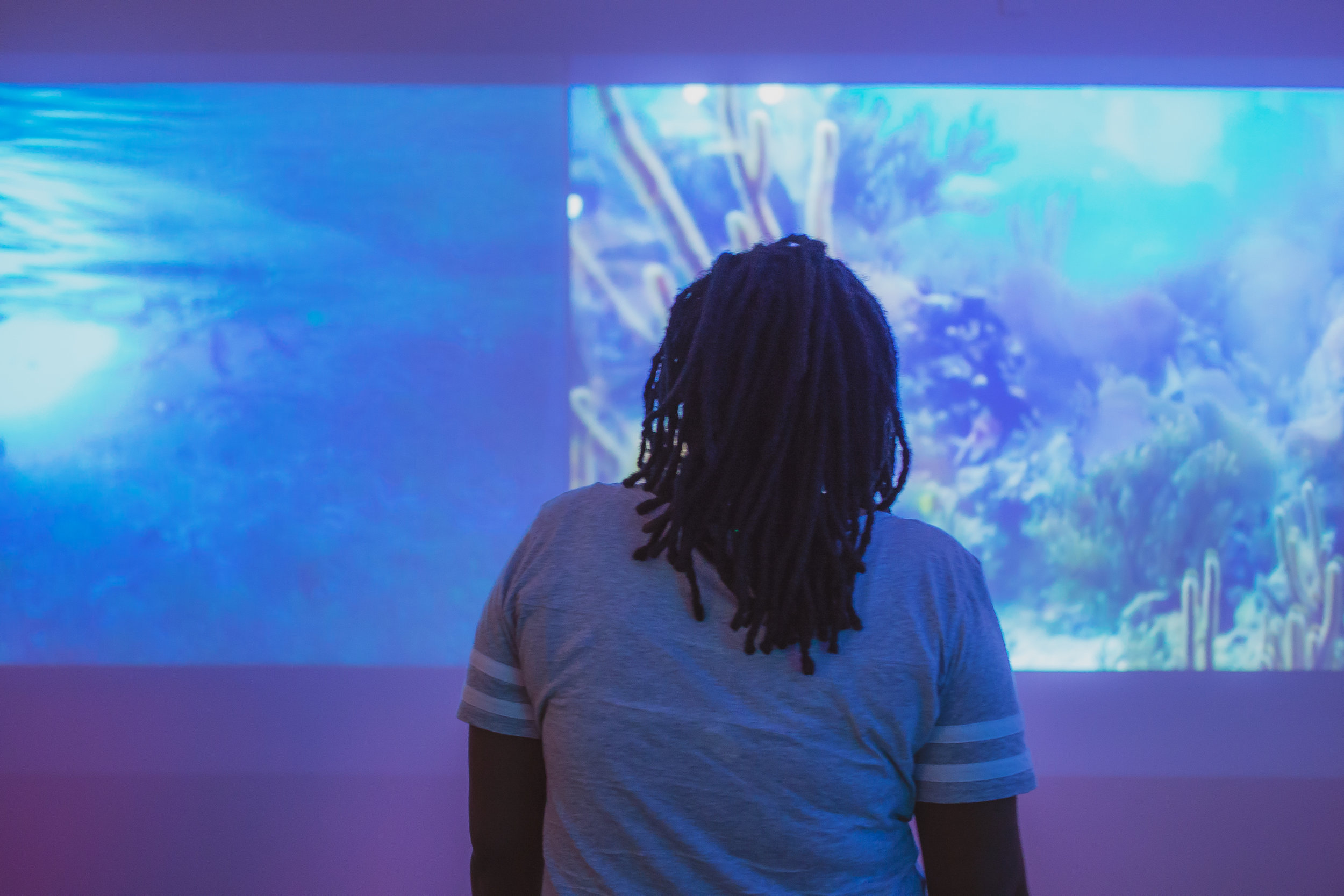All posts tagged: Ian Bethell-Bennett
Push Out: Jodi Minnis and Ian Bethell-Bennett Investigate the Mythologies and Futures of Gentrification in Over-the-Hill
Essay Push Out: Jodi Minnis and Ian Bethell-Bennett Investigate the Mythologies and Futures of Gentrification in Over-the-Hill Natalie Willis ·
Vulnerable ecologies: This Woman’s Work
By Dr Ian Bethell-Bennett, The University of The Bahamas. Feminist ecology and ecocriticism have usually pushed for embracing the environment and awareness of the same in our life ways. The intersection of art, ecology and a female’s perspective is often fertile space for serious discussions and new understandings of society, and its socioeconomic and sociopolitical challenges. The environment and ecology are under serious threat as we can see from Naomi Klein’s This changes everything: Capitalism vs the Climate (2014) along with the U.S. government’s recent report on the dangers of climate change as well as the United Nations’ Report on Climate change. Capitalism, usually seen as the driver of economies and the joy of consumption, encourage a particular disregard for conservation and natural balance in favour of expansive and unlimited profits. Meanwhile, artists, nature lovers and regular citizens face the threat of extinction through rising sea levels and increased storm frequency and ferocity due in large part to human consumption of fossil fuels and living outside of harmony. One of the links that we as island dwellers refuse to make is the link between the patriarchy and masculinist discourse that deny the existence of climate change and sea level rise. They reflect a deeply colonial mindset that negates the outward reality. They also offer the limitless life of market growth and profit. However, all things are limited, there is no unending elasticity to profits.
Dave Smith “Violence, the beauty of paradise”: The art of capturing the lingering impact
By Dr Ian Bethell-Bennett, The University of The Bahamas. In the Caribbean, like most of the world with globalisation’s flattening of the world, as Thomas Friedman’s The World is Flat (2005), demonstrates, inequality increases as the local place is transformed by the international space. Art and the art scene belie the international and interstitial connectivity of local and global. Dave Smith’s Caribbean Sunrise (2018), is emblematic of this using juxtaposition and colour in striking yet contradictory and discordant ways. We never think of the Caribbean as a violent space, yet with this history of occupation and exploitation is is quintessentially violent, it’s geography hides violence: the violence of the encounter or the discovery, that in itself marks a violent erasure of what was once there, though overlaying it with a imagery and imaginary of paradise, almost like Milton’s Paradise Lost (1667). The allure is dangerous.
Speaking to views and gazes in the work of Eric Rose: Education, Space and Knowing your Place
By Dr Ian Bethell-Bennett, University of The Bahamas.
My eyes may be dim, but I can see
Though sight be mitigated by supervision,
My view is my experience
I shall not be moved
Art provides an interior image of exteriorised feelings that are usually not openly discussed. The interior/exterior reality of images and experiences is often surreal as it collapses spaces into times that are not always compatible. Art allows whimsical flights of fantasy and fancy, which break down barriers and create potential changes that defy limitations. Photography, at the same time, opens eyes to what is often overlooked, while also capturing an image of something in a unique way that renders it more or less than it is.
Reporting from the 2018 Creative Time Summit screening at the NAGB: Showing up for our Future
By Dr Ian Bethell-Bennett, The University of The Bahamas. The 2018 Creative Time Summit under the theme “On Archipelagos and Other imaginaries: Collective Strategies to Inhabit the World” was livestreamed at the National Art Gallery of The Bahamas (NAGB) and coupled with key local academics, including Dr Niambi Hall Campbell-Dean, Dr Allana Thomas and Joey Gaskins and other creatives discussing our present-day national realities. The day provided much fodder for digestion and provoked upset, and it was a necessary light bulb that came on or an explosion that went boom in the night. Also, we all know how those booms go. We wake up startled and unable to get back to sleep. The many conversations were alive and inspiring; it also caused great unease because of the themes explored: spatial injustice, erasure of black and brown bodies and the real threat of climate change and sea level rise along with the erosion of democracy. It is always interesting for me that Miami, often such a conservative space, can produce such edgy and cutting cultural expression and creative experimentation.
The Long Eye of Culture: A Mash Up, a Hybrid
By Dr Ian Bethell-Bennett, The University of The Bahamas. Bahamian society and culture are already deeply creolised and vibrant, so why not make every effort, take every chance to show who we are? In the 1980s Barbadian calypsonian Gabby performed ‘Jack’, and people laughed. In the early 2000s Bahamian performer K. B. sang ‘Dey Sellin’, and people laughed. In fact people criticised him for exaggerating. ‘Dey sellin’… culture captures what we do not see. Oral and aural culture deliver serious critical visions and versions on what a go on, as the calypsos of the Trinidadian ‘Trinity’ Mighty Sparrow, Shadow and Chalkdust made critical often blistering interventions in all matters of national concern. Today, we hide from this kind of cultural richness or defame it. In “Apocolypso”–first published in 2004 and recirculated in 2013–Christian Campbell highlights the shifting tides and sands of Bahamian landscape and the accompanying cultural erosion and erasure.
“The Story of “ETA”: Blue/Green Ragged Island” Ideation in Art and Design
By Dr Ian Bethell-Bennett, The University of The Bahamas. Art and design, though they seem to make strange bedfellows, work hand in glove, and, along with literature, carve out space for exceptional spatial and design shifts that move people into new possibilities. The 2018 iteration of the annual regional collaborative project “Double Dutch” titled “Hot Water,” combines the work of Plastico Fantastico (PF) and Expo 2020 team from University of The Bahamas. The teams spent a week travelling to and from Ragged Island researching what it might look like to rebuild in stronger and more resilient ways in the wake of Hurricane Irma. The project combined students and faculty, as well as members from PF and we interviewed committee and community members and spent hours and then days creating and distilling ideas for the exhibition. What finally stands in the Ballroom of the National Art Gallery of The Bahamas (NAGB) is weeks of contact and ideation, with that, a lot of experimentation to see how best to construct and meet new demands.
The Future of Democracy: Growing participation and engagement to shift thinking
By Dr Ian Bethell-Bennett, The University of The Bahamas. This week, a team from the University of The Bahamas schools of Communications and Creative Arts, English and Social Sciences partnered with members of organisations for Responsible Governance, Hands for Hunger, and the National Art Gallery of The Bahamas (NAGB) to put on “The Future of Democracy” Conference that focused on Participatory Democracy or the importance of people being active and engaged in their democratic process. The idea behind the conference was to explore the interstitial space between people participation, cultural engagement and design for resilience. So, really underscoring the need for people to participate in the design of their lives and living spaces, otherwise, their homes become spaces where they are no longer culturally, economically or politically welcome.
The Aesthetics of Debt: Double Consciousness and Vision in the age new a new modernity
By Dr. Ian Bethell-Bennett, University of the Bahamas. We usually think of aesthetics in two ways: either the aesthetic pleasure of a work of art or the aesthetics of a period, style or artist. Time has moved on, however, and we are now forced to contemplate differently: the juxtaposition of unrelated ideas/concepts fit into a frame that gives them another meaning or gives us pause. It can be difficult to understand or grapple with the idea of oxymoronic contrast. However, in our daily lives we tend to witness the collapse of modernity in its premise of prosperity struck out by the super prosperous: the contrast between the local and the global.
